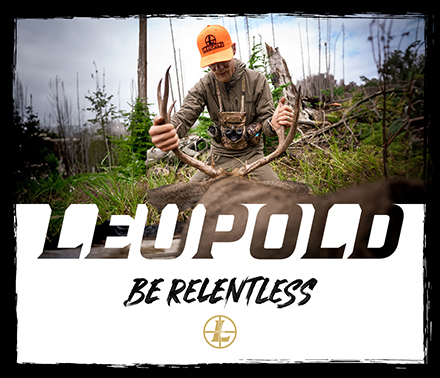Finding a Place to Hunt
Finding a place to hunt can feel like a daunting obstacle, especially as a new hunter. The good news it doesn’t have to be, if you do your homework!
Understand Your Licence
Step one is always determining the limitations of your licence. If you successfully draw a tag, you are limited by the Wildlife Management Unit (WMU) for which your licence is valid. Check the map included in the Alberta Guide to Hunting Regulations to identify the boundaries of that WMU. You can hunt only within those boundaries.
If you have a general tag for any given species, you’re permitted to hunt in any WMU with an open general season for that species. You’re not restricted to hunting in just one WMU.
Hunting Conservation Sites
Organizations like Alberta Fish and Game Association, Ducks Unlimited Canada, and Alberta Conservation Association, set aside and manage conserved parcels of land—working to enhance habitat or at the very least, keep it intact to benefit wildlife. There are many Conservation Sites across the province that allow hunting, and anyone is welcome to respectfully enjoy these conserved spaces. Keep in mind, most Conservation Sites allow foot traffic only, and camping is usually a no-go. To find a hunting site near you, you can get hold of the Discover Guide in print, search the database online (www.albertadiscoverguide.com/search.cfm), or download the Alberta Outdoor Adventure Guide app for everything on the go.
Hunting Crown Land
Remember that not all crown-owned land is created equal. With respect to hunting privileges it’s critical to understand the rules that apply to various types.
- Agricultural Leased Land: Before you hunt leased land you must receive permission from the leaseholder. Maps that delineate leaseholder data, including contact information, can be found at http://www.recagpublicland.alberta.ca. While leaseholders are required to provide reasonable access, they do have the right to refuse access to protect livestock or crops. Note that you cannot camp or have fires on leased land.
- Heritage Rangelands: Hunting is permitted, subject to grazing lease access conditions.
- Wildland Parks: Hunting is generally permitted, with the exception of bison hunting in Wildland Parks outside the designated bison-hunting zone.
- Natural Areas: Hunting is permitted, with some exceptions. Access and other management conditions may apply. To learn more, go to http://www.albertaparks.ca.
- Provincial Parks and Recreation Areas: Several protected areas in Alberta’s parks system allow big game and bird game hunting. Check http://www.albertaparks.ca and the Alberta Guide to Hunting Regulations to determine which are open to hunting.
- Wilmore Wilderness Park: Hunting is permitted.
- Ecological Reserves: Hunting is prohibited.
- Wilderness Areas: Hunting is prohibited.
Hunting is generally permitted on open crown land, but there may be temporary closures as a result of wildfires or other irregular occurrences. Check with the local Alberta Environment and Parks office if you’re unsure. Note too that off-highway vehicle access may be limited on crown land—consult the regulations for clarification on the WMU you plan to hunt.
Hunting Private Land
There is only one way you can access private land: with the expressed permission of the landowner or their designate (including Indian Reserves and Metis Settlement lands). When asking for permission to hunt private land, avoid showing up at the door in camo, gun in hand. Make the time to ask before the season opens.
Landowners may have specific rules you are expected to abide by. Aside from those, the cardinal rules are don’t damage property or leave garbage behind, never disturb livestock, leave gates as you find them, and report to landowners anything unusual you see on their land. Treat landowners with respect and they’ll generally welcome you back year after year.
REMEMBER: Do not shoot if you aren’t 100% sure of a safe backdrop. This is especially critical in developed areas. It’s illegal to shoot within 200 yards of occupied buildings or cause a projectile to pass within 200 yards of any occupied building.
You’ve planned where, what and with whom you are going to hunt – the question now is what do you pack? We go over the basics in the next article in our Start Harvesting series, Hunting Equipment: The Basics.






